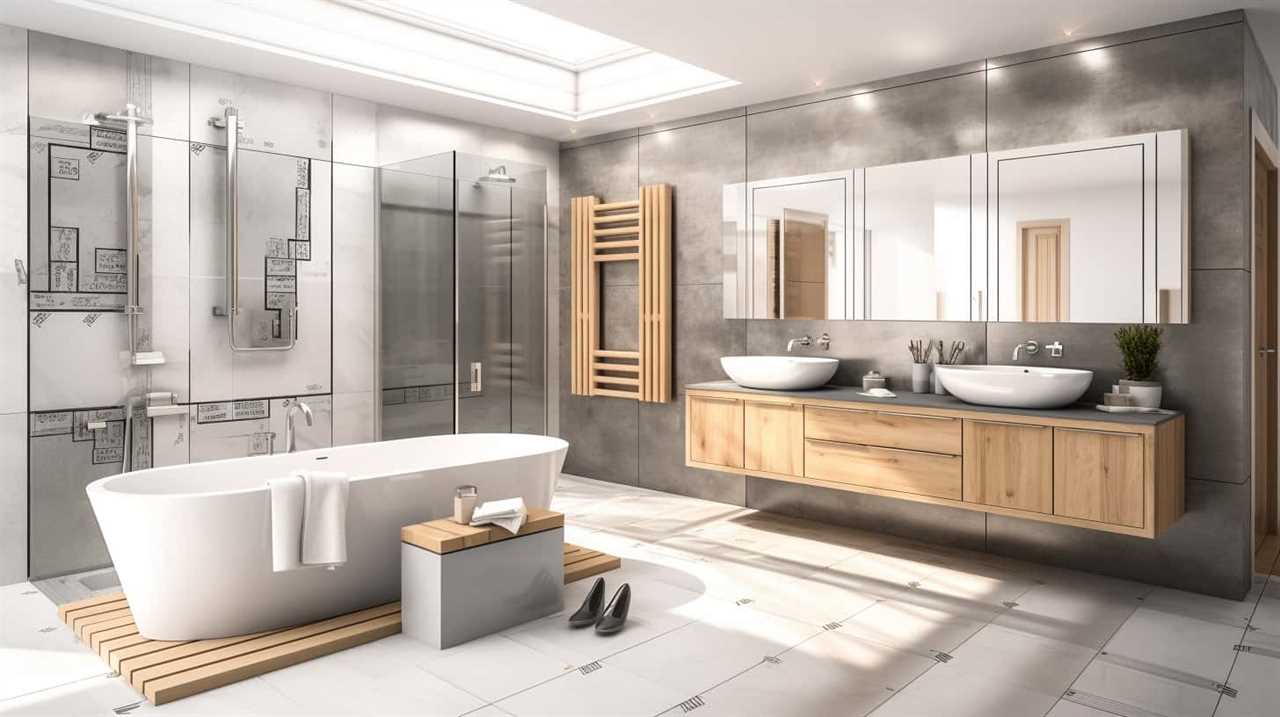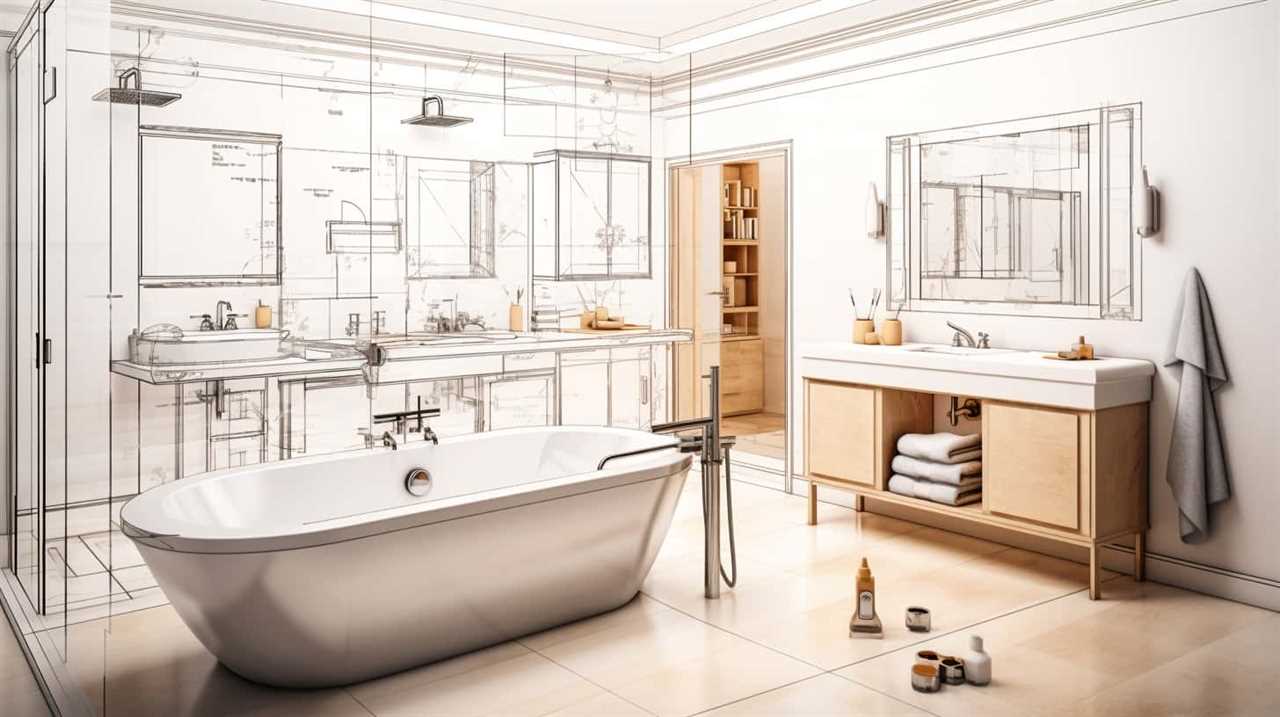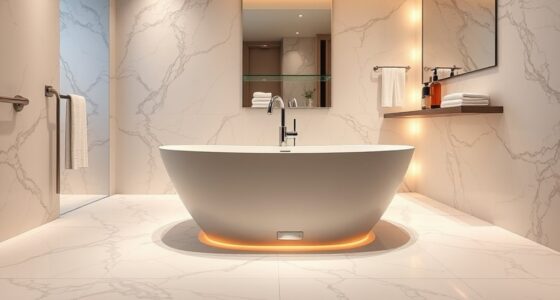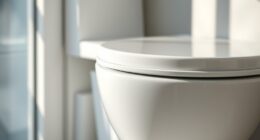Have you ever wondered why bathroom stalls have those annoying gaps? Well, let us enlighten you!
In this article, we delve into the historical origins, privacy concerns, building codes, and maintenance considerations that led to the creation of these gaps.
We also explore alternative and innovative designs that aim to address this age-old issue.
So, grab a seat and get ready to uncover the secrets behind bathroom stall gaps.
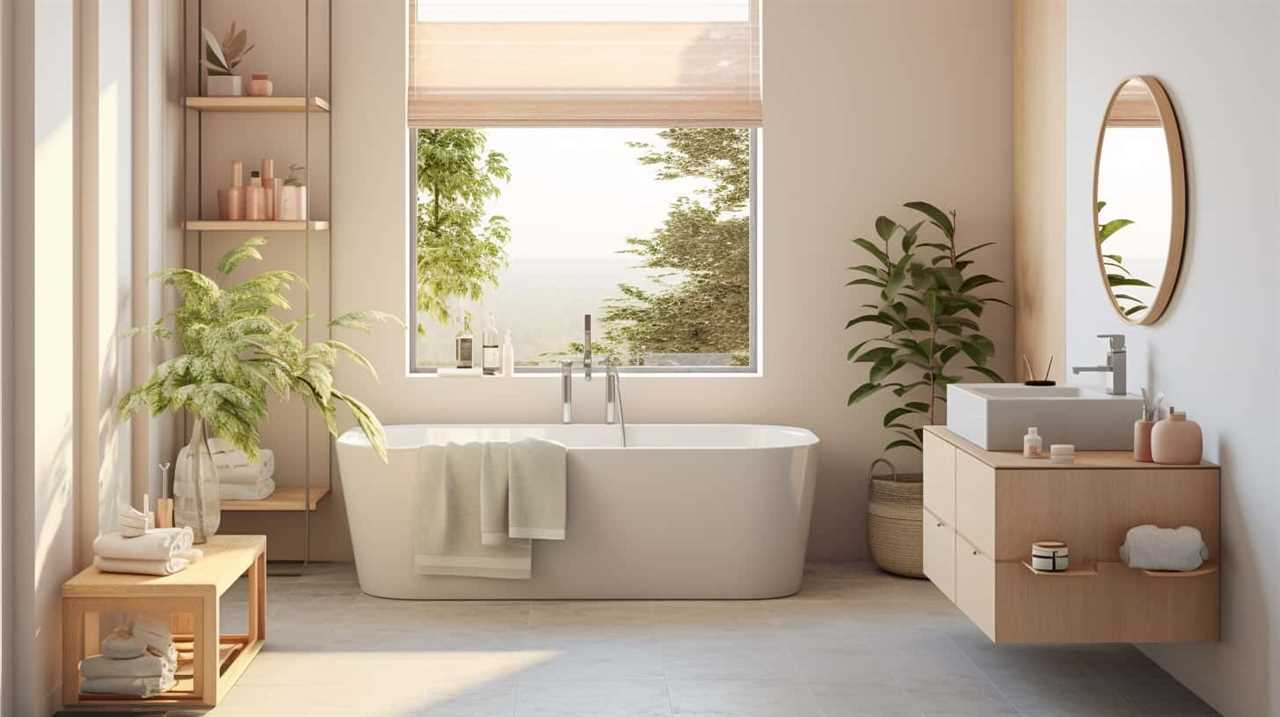
Key Takeaways
- Bathroom stall gaps have historical origins in communal bathing and toileting practices, and they continue to shape the design and functionality of public restrooms.
- The lack of complete privacy in bathroom stall gaps can have a significant psychological impact on users, leading to discomfort, vulnerability, and anxiety.
- Building codes and regulations mandate bathroom stall gaps for reasons such as quick access and visibility in emergency situations, discouraging vandalism, and maintaining proper ventilation and cleanliness.
- Alternatives and innovations in bathroom stall design, such as adjustable partitions, full-height doors, and innovative features like adjustable opacity glass panels, can address privacy concerns while providing a modern aesthetic.
Historical Origins of Bathroom Stall Gaps
In our article, we’ll explore the historical origins of the gaps found in bathroom stalls.
The presence of these gaps can be attributed to a combination of cultural norms and architectural influences. Throughout history, privacy in public restrooms hasn’t always been a priority. In many cultures, communal bathing and toileting were common practices, where individuals were accustomed to shared spaces without partitions.
As societies evolved and the need for privacy arose, architectural designs began incorporating individual stalls. However, due to various factors such as cost, ventilation, and maintenance, gaps were introduced between the doors and partitions. These gaps also allowed for natural light and airflow, reducing the risk of unpleasant odors.
Today, while privacy remains a concern, the historical origins of bathroom stall gaps continue to shape the design and functionality of public restrooms.
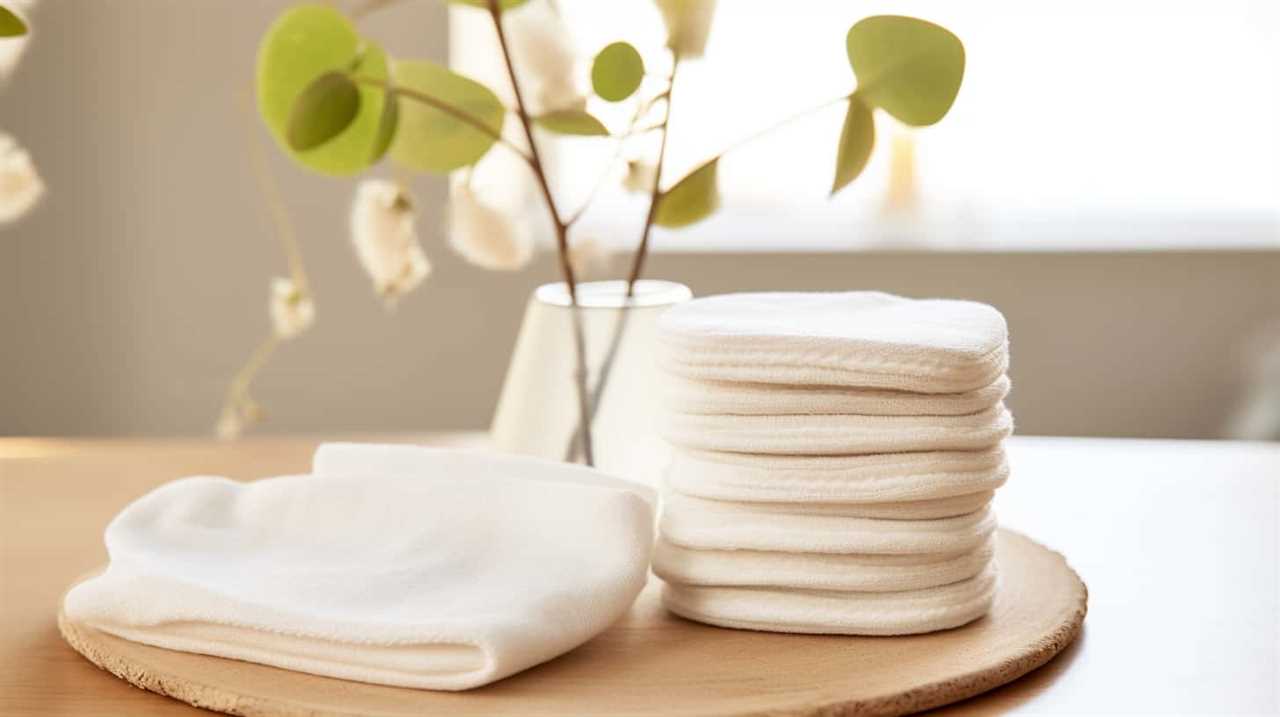
Privacy Concerns and Public Restrooms
To address privacy concerns in public restrooms, we must consider the impact of bathroom stall gaps on the overall user experience. These gaps, although intended for safety reasons, can have a significant psychological impact on individuals using the facilities. The lack of complete privacy can lead to feelings of discomfort, vulnerability, and anxiety, particularly for those who value their personal space. Moreover, cultural differences play a role in how individuals perceive and respond to these gaps. In some cultures, privacy is highly valued, and the presence of bathroom stall gaps may be seen as a breach of personal boundaries. By understanding the psychological impact and cultural differences associated with bathroom stall gaps, we can work towards creating more inclusive and private restroom spaces for all individuals.
| Psychological Impact | Cultural Differences |
|---|---|
| Feelings of discomfort, vulnerability, and anxiety | Varied perceptions of privacy |
| Negative impact on overall user experience | Different cultural norms regarding personal boundaries |
| Potential for decreased restroom usage due to privacy concerns | Importance of accommodating diverse cultural expectations |
Building Codes and Regulations
Building codes and regulations require the installation of bathroom stall gaps for safety reasons. These gaps serve several purposes and are mandated to ensure building accessibility and accommodate cultural differences. Here are five key reasons for the existence of bathroom stall gaps:
- Emergency situations: Gaps allow for quick access and visibility in case of emergencies, such as a person fainting or needing medical attention.
- Preventing vandalism: The gaps discourage malicious activities, making it easier to monitor the stalls and deter potential vandals.
- Air circulation: Gaps help maintain proper ventilation, reducing unpleasant odors and preventing the buildup of potentially harmful gases.
- Maintenance and cleaning: The gaps provide easier access for maintenance personnel to clean and maintain the stalls, ensuring a hygienic environment.
- Cultural norms: In some cultures, gaps are accepted as a standard practice, promoting inclusivity and accommodating diverse societal expectations.
Adhering to these building codes and regulations ensures the safety and comfort of restroom users while considering cultural sensitivities.
Maintenance and Safety Considerations
Continuing the discussion on bathroom stall gaps, we prioritize maintenance and safety considerations.
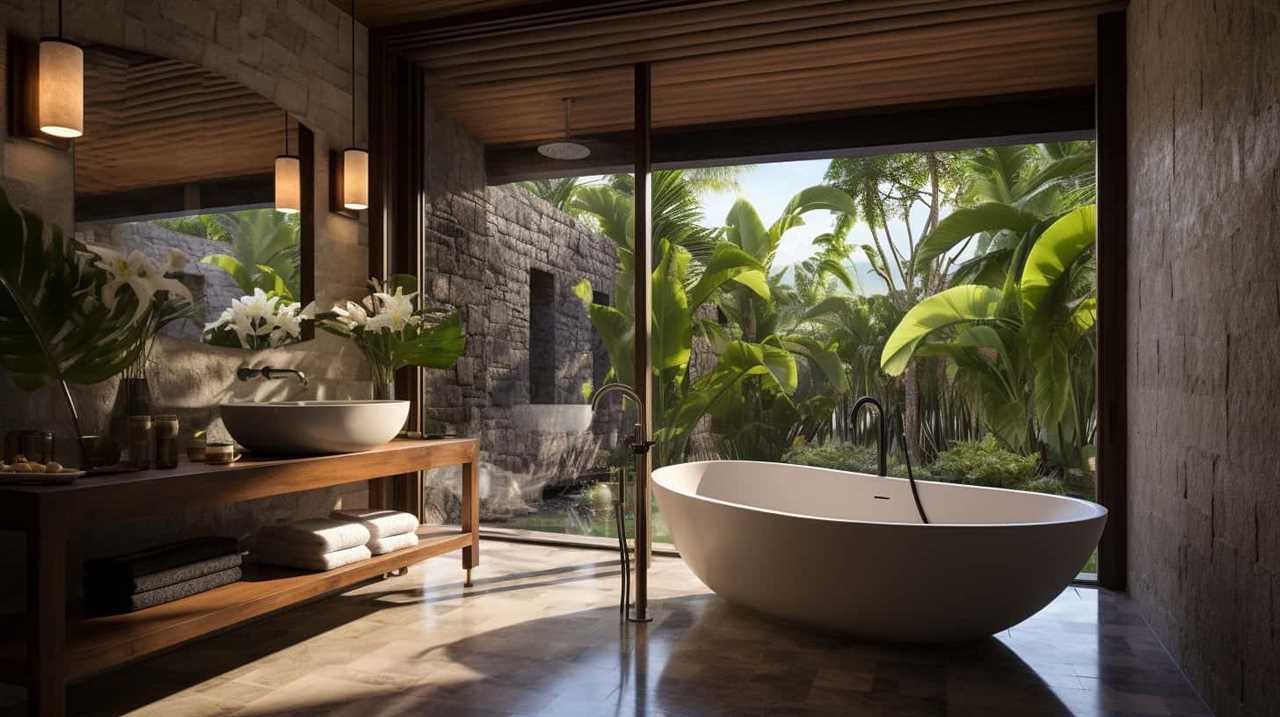
When it comes to bathroom stall materials, durability and easy maintenance are key factors. The materials used should be resistant to moisture, corrosion, and vandalism. Regular cleaning and maintenance are necessary to ensure a hygienic environment. Proper cleaning practices, such as using effective disinfectants and ensuring proper ventilation, are essential to prevent the growth and spread of bacteria and viruses.
Safety is also of utmost importance. Stall doors should be sturdy and secure, with locks that function properly. Additionally, the gaps in bathroom stalls should be designed to minimize privacy concerns while still allowing for proper airflow and visibility for safety reasons.
Now, let’s explore alternatives and innovations in bathroom stall design.
Alternatives and Innovations in Bathroom Stall Design
Moving forward, let’s explore some exciting alternatives and innovations in bathroom stall design. Here are five noteworthy solutions that address privacy concerns and incorporate user feedback:

- Adjustable partitions: These stalls feature movable panels that can be adjusted to the desired level of privacy, allowing users to customize their experience.
- Full-height doors: Installing doors that reach from floor to ceiling eliminates the gaps and provides complete privacy.
- Soundproofing materials: Incorporating soundproofing materials into stall walls helps to reduce noise and create a more private environment.
- Privacy indicators: Clear indicators outside the stall can inform others whether it’s occupied or available, minimizing awkward encounters.
- Advanced locking mechanisms: Upgraded locks that are easy to use and provide a secure, reliable closure can enhance privacy and user satisfaction.
Frequently Asked Questions
How Do Bathroom Stall Gaps Affect the Overall Design and Aesthetics of Public Restrooms?
Overall, bathroom stall gaps can have a significant impact on the design and aesthetics of public restrooms. They can affect the overall flow and layout, as well as create a sense of openness or privacy. The psychological implications vary depending on individual preferences and cultural norms.
Can Bathroom Stall Gaps Be Adjusted to Provide More Privacy Without Compromising Safety?
Adjusting bathroom stall gaps to provide more privacy without compromising safety is a complex task. Balancing personal comfort with the need for visibility ensures a harmonious restroom experience for all users.
Are There Any Health Risks Associated With Bathroom Stall Gaps?
Privacy concerns regarding bathroom stall gaps can have a psychological impact on individuals, as they may feel exposed or uncomfortable. While there are no direct health risks associated with these gaps, they can affect one’s sense of privacy.
How Do Building Codes and Regulations Differ Between Countries Regarding Bathroom Stall Gaps?
Building regulations and international standards vary when it comes to bathroom stall gaps. It’s interesting to note that in some countries, like the US, there are specific guidelines on the maximum allowable gap size for privacy reasons.
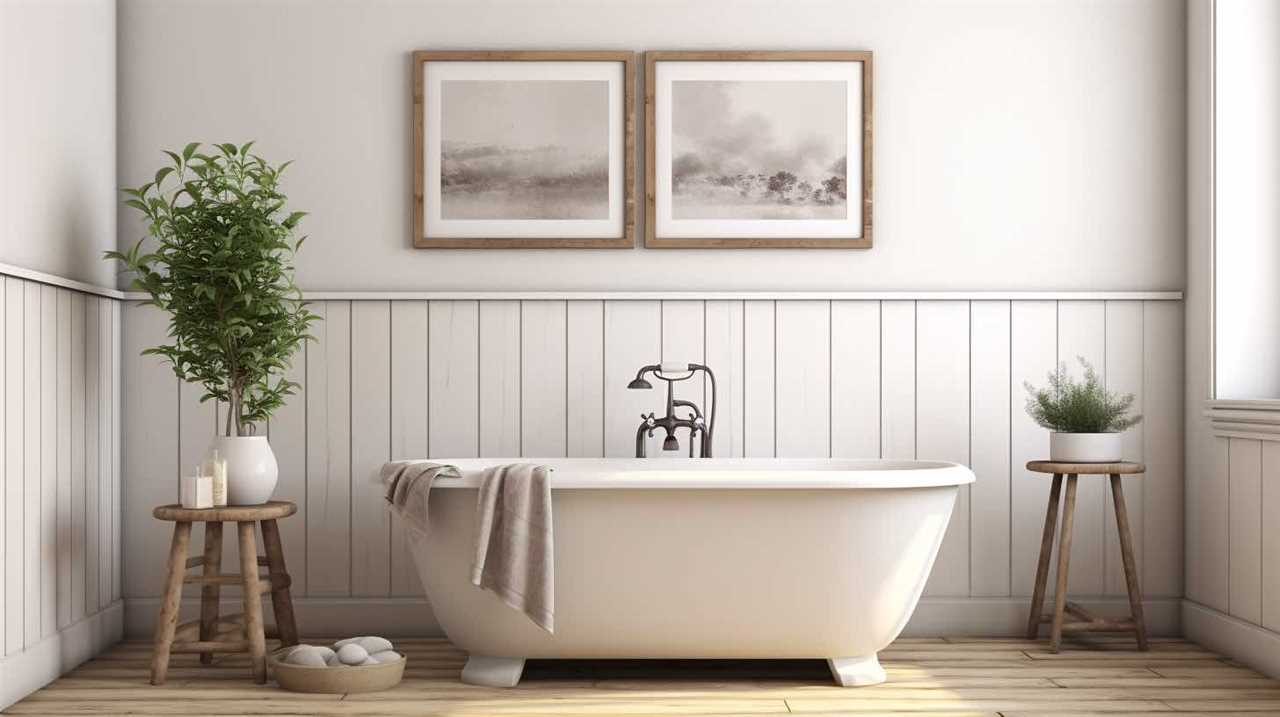
What Are Some Innovative Solutions That Have Been Proposed to Address the Issue of Bathroom Stall Gaps?
Privacy concerns have led to the exploration of innovative solutions for bathroom stall gaps. Technological advancements, such as adjustable partitions and privacy screens, have been proposed to address this issue and provide users with a more comfortable and private experience.
Conclusion
In conclusion, the gaps in bathroom stalls have historical origins related to ventilation and maintenance concerns. While they may compromise privacy, building codes and regulations often require these gaps for safety reasons.
However, innovative designs such as adjustable partitions or soundproofing materials are emerging to address these concerns. For example, a hypothetical case study could involve a busy airport restroom that installs new stall designs, providing both privacy and comfort. This would result in improved customer satisfaction and reduced waiting times.
